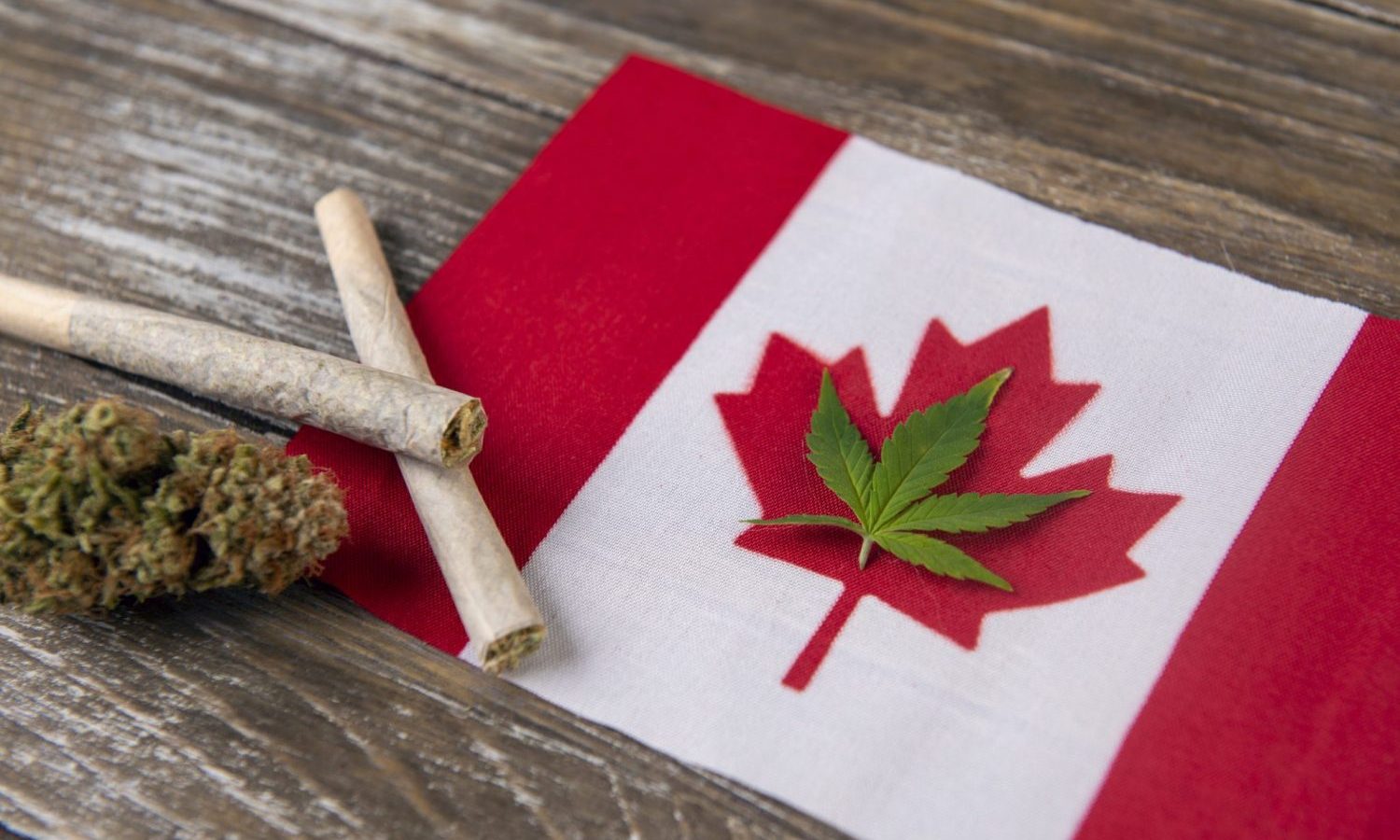
Canadian cannabis competition is a buzz kill
High Tide Inc. (TSXV: HITI) (Nasdaq: HITI) just reached a milestone when the Canadian cannabis retailer announced that it has opened over 100 stores. High Tide said the total number of branded retail locations across Canada is 101 and the company has 30 stores in Ontario. In addition to these statistics, High Tide also found that eight organically built stores opened in September alone. While this is a laudable event, Ontario could see pharmacy saturation and is that a bad thing for cannabis companies?
Competition is the lifeblood of capitalism. It is survival of the fittest. Retailers who don’t hit the mark will lose customers, while those who can deliver the right products at the right prices in an environment like that of the buyers will be winners.
Photo by Aditya Chinchure via Unsplash
In the cannabis industry, as in other more traditional industries, there are only a limited number of consumers for the product. The industry has limited opportunities to advertise, and there is some unease about attracting new cannabis users. Stores have to wait for new consumers – often referred to as “canna-curious” – to explore on their own. This has led to a sales plateau in some areas. Cannabis users can only consume so much in a week or a month.
Too much competition
The Canadian market is starting to see the effects of market saturation in some areas. Both Fire & Flower (OTC: FFLWF) and High Tide recently mentioned in their earnings releases that sales were affected. Fire & Flower said sales in the same store for 48 (48) stores that were operational in the second quarter of 2021 decreased 14% due to an increase in newly licensed cannabis retail stores in 2021 Ontario. According to the company, the number of licenses went from in just three months 665 at May 1, 2021 up to 981 at July 31, 2021. The company’s sales also fell – despite the reopening of stores – due to the pandemic due to pedestrian traffic. Fire & Flower also pointed out that competitors had made deep discounts.
Speaking on the company’s conference call, CEO Trevor Fencott said, “We saw this in Alberta where there was mass licensing. I think the record back then was 20 licenses a week. And it was expanded. There are a lot of moms and pops in the queue that unfortunately, while there isn’t really much single player space left in the market, they somehow have to get them to the market because they have signed a contract to rent. And so they come, come – no matter what, they will start. And then you have the overcrowding and then a pairing back as unfortunately companies can’t keep up. So all of these things will resolve on their own. I doubt they will resolve on their own in a neighborhood, but at some point they will. “
High Tide noted on its most recent conference call that the number of stores opened in Ontario rose to over 1,000, roughly ten times the number of stores opened about a year ago. CEO Raj Grover said, “This increased competition has resulted in new businesses taking longer to ramp up to the point where they contribute to consolidated EBITDA. The number of retail licenses in Alberta also increased 60% year over year. And in that time, some value players have emerged that have driven the gross retail margin for cannabis lower. “
saturation
As the cannabis industry matures, it faces the same problems as traditional retailers. Some markets in Canada are now struggling with satiety problems. Grover said on the results conference call when asked about saturation, “If you compare the population between Alberta and Ontario, you have 4.3 million people in Alberta versus 15.5 in Ontario, and Alberta already has 700 stores , about 700 versus Ontario still has about 1,000, but three times as many people. So we continue to believe that Ontario has good growth ahead. I agree with you that there are certain markets in Ontario, especially Toronto, where business is extremely saturated. “
RELATED: Is The U.S. Cannabis Market Doomed Like Canada’s?
His plan is to go to retail places with strong anchor tenants to keep his traffic strong. High Tide also created a loyalty program called Cabana Club to combat discount stores.
Deep discounts
In addition to these steps, High Tide is creating its own discount brand called Cannabis Chop Club. Grover said on the conference call, “We are seeing very aggressive pricing from select value players. They are not profitable today and intend to clean up the market before raising prices to levels where they are profitable. Unfortunately, this will lead to the demise of many independents and small chains.
“We will position our own value brand in more value-sensitive markets and neighborhoods under the name Cannabis Chop Club. This will be done on a micro-market basis, depending on the competitive dynamics in each area. We have identified markets where introducing our own value brand makes sense. In this way we can keep our retail concepts differentiated and increase our market share in price-sensitive markets. “
Photo by Matthew Henry via Unsplash
Shops will have a smaller footprint, lower construction costs and a different range of products and accessories. The locations will target value-sensitive areas.
Grover added, “To be clear, we won’t be the ones to start a price war, but we just won’t sit on our hands and lose market share. We fight fire with fire when necessary. Given our unique positioning in the accessories sector, our lean business operations and our nationwide growing customer loyalty plan, as well as our strong capital market profile and balance sheet strength, we are well positioned to continue to lead the market regardless of the competitive dynamics. And our new Cannabis Chop Club concept will be another tool we need to continue adding value to shareholders. “
Falling returns
Stifel analysts believe that the pharmacies’ excessive expansion will result in falling returns for the market. Andrew Carter recently wrote in a report titled Cannabis Update September 2021: “We’re outlining an uneven environment where some areas have exceeded saturation point while others have no access: 21% of Canadians live in areas with one or more stores per 10,000 residents, while 25% of Canadians live in areas with no licensed pharmacy (defined as five miles from the center of the population).
Expanding legal access is likely to be difficult as 30% of the addressable market is in areas where the provinces all own and operate retail stores, while city restrictions prohibit doing business in some areas (particularly Mississauga, Ontario, which has a population of over 700,000). For retail businesses, the Canadian market is extremely competitive in some areas, with the average Ontario retailer having 20 stores within a two mile radius. Without tapping into underserved areas, continued retail growth is unlikely to be a tailwind for category growth amid falling yields. “
RELATED: Canada Or US: Which Cannabis Industry Is Better Positioned To Go National?
To be fair, sales are still going up for many. Stifel said Headset suggested robust growth in the Canadian market as lockout restrictions ease. Stifel warned that in a “structurally difficult market for private operators from our point of view” there was increased inventory levels in the retail sector, ongoing price compression and increasing category fragmentation.
Carter wrote, “We have over 200 producers, and market share outside of the top 10 producers has increased to 37% in the last three months, 12 percentage points more than at the end of 2020. Through July, we highlight the sequential market share development. in the entire reporting of the past three months: Aurora Cannabis at 145 bps, Canopy Growth at 320 bps, Cronos Group at 34 bps, HEXO at 170 bps and Tilray at 170 bps. “
Ultimately, Stifel said it had an overall negative bias towards Canadian producers.
This article originally appeared in the Green Market Report and was republished with permission.


Post a comment: